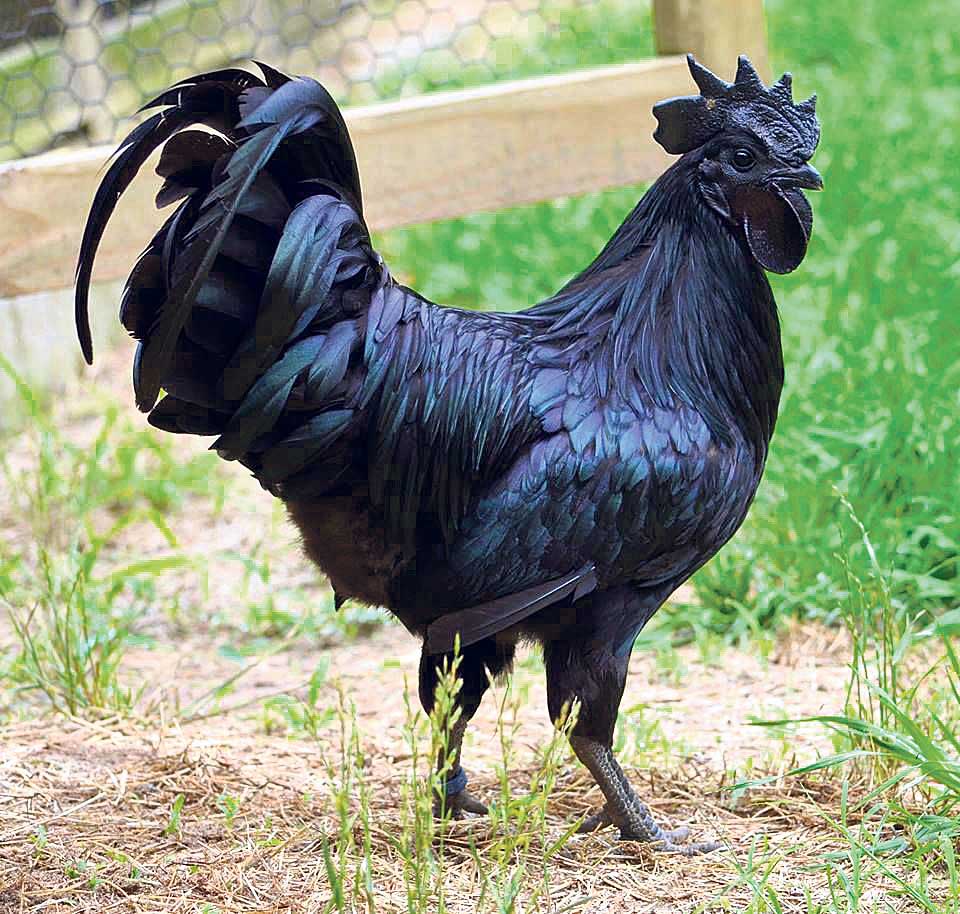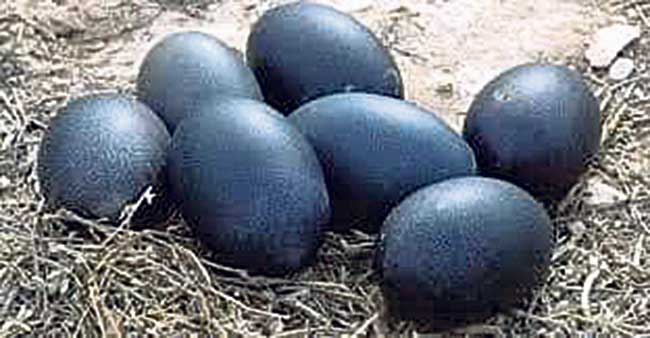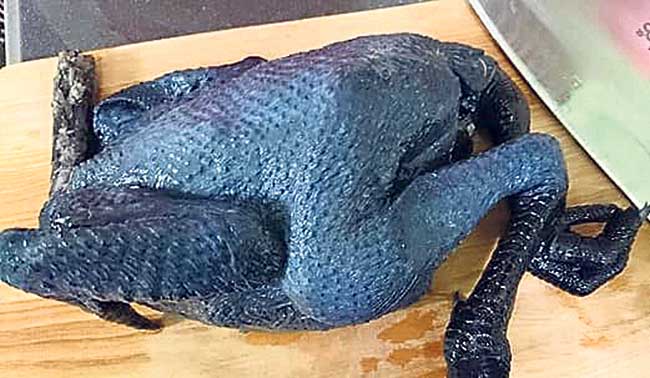CEO of Miss World Julia Morley talks about her COVID-19 speculation
4 years ago
_20200311200327_20200312135245.jpg)
4 years ago

4 years ago

4 years ago

KATHMANDU, Nov 4: Have you ever seen a chicken, entirely black, inside and out—feathers, skin and bone? Probably not. However, black chickens do exist and these fowls are also known as black meat chicken having three major breeds: Ayam Cemani , Silkie and Kadaknath. Unlike normal chicken, these breeds contain black flesh, bones, and skin.

Silkie is a Chinese breed and is not commonly available in Nepal. Likewise Ayam Cemani is an Indonesian breed and is considered to be one of the expensive breeds of chicken.
Among them, Kadaknath is the most popular breed according to the poultry farmers. Kadaknath originated in India and most of the Nepali poultry farmers raise Kadaknath because to its availability in comparison to Silkie and Ayam Cemani.
Explaining more about it, President of Nepal Poultry Market Management Association, Krishna Hari Lohani says, “Kadaknath is all black in color from head to toe including their wattle and comb. Due to its unique black colored flesh, the breed is also known as Kaalaamass and Kaalaamaasi. The breed is blessed with intense immune power and can easily survive in the sub-tropical region. Similarly, the mortality rate of the breed is comparatively low.”
According to him the breed is famous for its high nutritional values and farmers have started its commercial farming from the past few years. Though the breed is highly nutritious, people are not aware of its existence. This makes it difficult for the farmers in securing a proper market for their livestock. Gradually, people are being conscious of a less concentration of fat and high composition of protein in its meat raising its demand. But the supply is still low. Lohani said, “Because of its health benefits, few farmers have started commercial farming of the breed. But in recent years, demand for the breed has increased rapidly surpassing the supply. This is the main reason for its price hike.”

“Apart from its nutritional values and its unique color, the breed is equally famous for its economic benefits as well. “The breed is in demand and its supply is low. So if its health benefits could be advocated, there is a good market of Kakadnath in the country,” said Lohani.
When asked how can we distinguish between normal and Kadaknath breed? Tara Prasad Pandey, owner of Madi Turkey Farm, Palpa, says, “Normal chicken do not contain black wattle and comb. This is the primary sign of the breed. But nowadays black chicken can be produced by a hybrid of other breed. So you must make sure that the internal part of the chicken is also black.” Revealing the tactic to identify whether the breed is pure or not Pandey added, “For this, you need to open the mouth of the chicken and if the inside of its beak is also black, be sure that you have Kadaknath.”Pandey’s farm has been producing Kadaknath chickens from past three years said.
Though farmers have started commercial farming of Kadaknath, it is not produced in Nepal. Farmers import it from India. Pandey claims that he started his business by importing 50 eggs and now he is selling eggs and chicks from his farm. Likewise, Saman Tamang, owner of Ghising Organic Farm, Dhangadhi said, “Six months back, I heard about the benefits of Kadaknath via internet. So I decided on commercial farming. Since the breed was not available in the country, I imported 100 eggs from Madhya Pradesh, India.” Currently, there are 60 Kadaknath in his farm and now he is looking forward to expanding his business as its demand is increasing.

The black pigment of the breed is the result of melanin deposition. External anatomy of the chicken is just like other normal chickens. The color of chickens in this breed varies from bluish black to dark black with irregular dark stripes over the back. The adults are also seen with silver and gold color spangled to its bluish-black body. Roosters are coated with shiny inky black feather weighing around 2 kg. Unlike normal rooster, they contain long sickle feather which makes them look like Kalij (pheasant). Similarly, the hen of Kadaknath weighs around 1.5 kg and their color is lighter than the rooster. Eggs and blood of this breed are darker than normal chicken.
However, beak, shanks, toes, and soles of feet are the brown. Kadaknath’s ability to lay eggs is weak as compared to normal chicken. Kadaknath lays around 100 eggs per year while normal chicken has ability to lay around 300 eggs per year. Likewise, they are not broody, so commercial incubator is used for chick production.

Roosters of the breed are less active and hence fertility of egg in this breed is comparatively low. According to Pandey, only 70 percent of eggs are successfully hatched during summer. The number decreases to 50 to 60 percent during winter. The price of Kadaknath’s meat and egg is three times that of a normal chicken. According to Pandey, a live chicken is only sold at Rs 1,000 to 1,500 per kg.
Leave A Comment